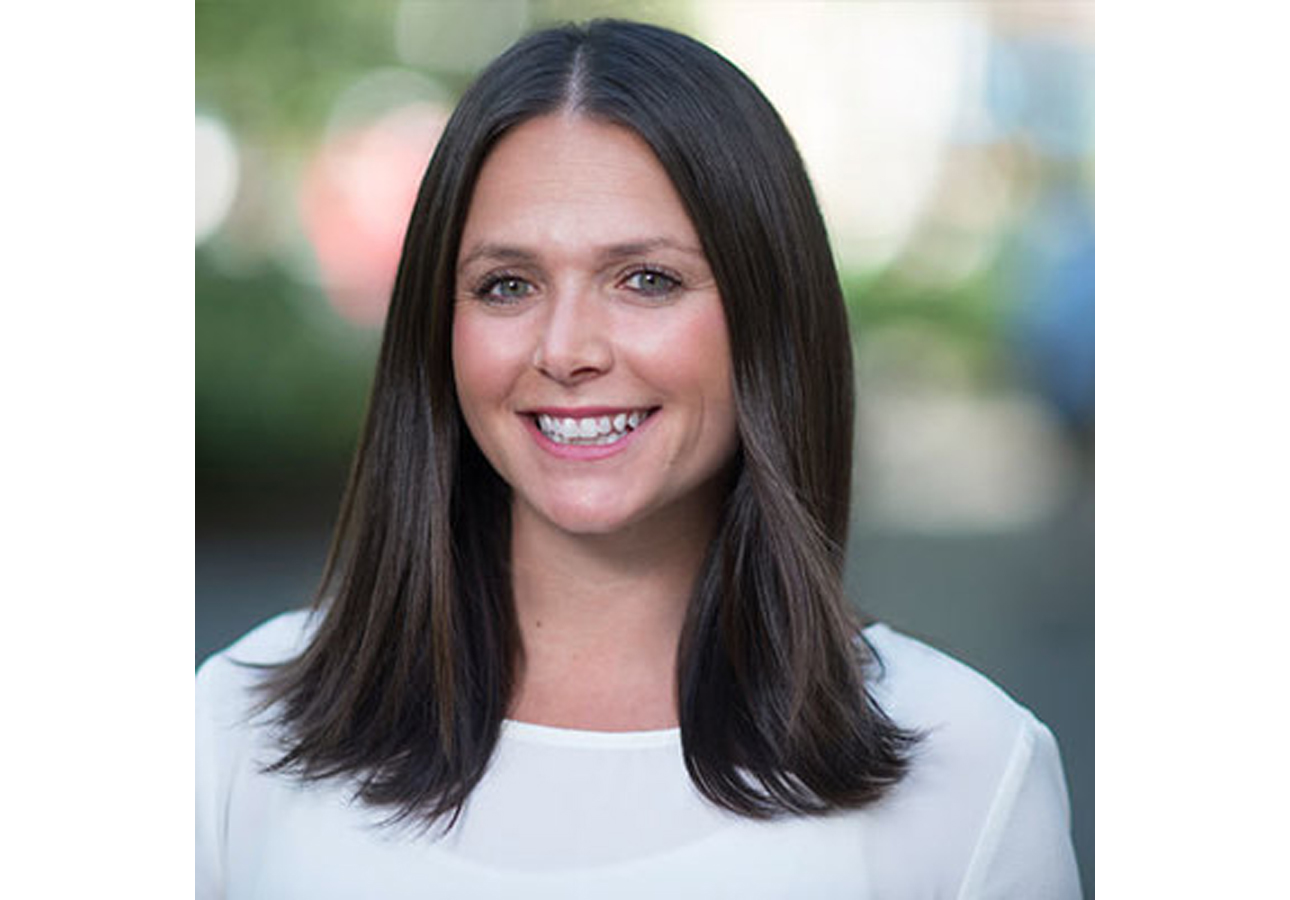After a Long Grounding, the Travel Sector’s TV Ads Take Flight Once Again

After 18 months of waiting out the pandemic, people are ready to hit the road again. That’s good news for the sector hardest hit by the pandemic: travel. It’s also good news for TV operators, who’ve sorely missed the travel marketer’s media budget.
Last March, when the world began to realize the magnitude of the pandemic and lockdown orders were issued, TVSquared’s ACR technology saw ad airings in the travel category drop by 88% in a matter of weeks. By the end of the year, however, a slow-but-steady recovery had taken root, with TV ad spots coming back, increasing 26% in Q420, then 34% by Q121 and another 53% in April and May alone.
According to Hospitality.net, the reasons for traveling have changed since the pre-pandemic days. After 18 months of Zoom holidays and birthday celebrations, 24% of travelers said they’re booking trips to visit friends and family. Another 20% are seeking a once-in-a-lifetime experience, perhaps to make up for lost time, and 19% are selecting destinations based on how easy they think it is to get there.
Which travel companies are spending on TV ads? The travel categories that are driving the ad-spend comeback include comparison sites, national destinations, hotels, cruises and airlines. Comparison sites are coming in hot, accounting for over half (47%) of the total travel TV airings in April and May. National destinations have also taken the opportunity to attract travelers who are keen to head for a great destination within the U.S., as the global pandemic still remains front and center. These destination advertisers account for 29% of total TV spots within the travel category.
Tail Winds Ahead
While changes in COVID regulations are certainly good news to travelers, travel brands and TV providers alike, marketers warn that a great deal of caution is still warranted. Many parts of the world are grappling with COVID-19 flare ups, the emergence of variants, and governments that continue to finesse their reopening plans, prompting travel marketers to take a one-day-at-a-time approach to TV advertising. In the old days of TV advertising, flexibility -- and the ability to pivot at a moment’s notice -- were hard to come by. With CTV, pivoting is easy.
The pandemic accelerated the industry’s need for more flexible TV buying, and today, the ability to be nimble is a key consideration in every media plan, which is why many marketers are focusing more and more of their budgets on CTV.
The smarter way to stay on top of broadcasting and cable industry. Sign up below
TVSquared analyzed CTV impressions across travel advertisers and found that compared to the same timeframe in 2020 (January-May), impressions are up by 280%. Granted, it plummeted at the start of the lockdowns as all TV ad spend did by the sector, but spending has been consistently growing by double digits every month since December.
CTV lets marketers do scenario planning, optimize and move dollars around in near real time, switch out creatives as needed, as well as react to events on the ground, either ramping campaigns up or down based on environmental factors impacting specific markets. It's this kind of flexibility that will allow the travel sector to recover.
Long a buyer of traditional TV advertising, the travel sector is sending a clear message to the TV industry: give us the tools we need to apply greater flexibility, optimization and audience targeting in our campaigns. Travel advertisers want to join their counterparts in other sectors in making smarter media acquisition strategies, optimizing creative messaging, targeting specific audiences across platforms, and scaling ad budgets across linear and CTV in response to market factors. The pandemic forced them to adapt their TV strategies in a very short timeframe, but their cautious, yet optimistic, return to spending will have a lasting impact on TV advertising.
TVSquared is the largest independent global measurement and attribution platform for converged TV.
Jamie Lemle, CMO, TVSquared
